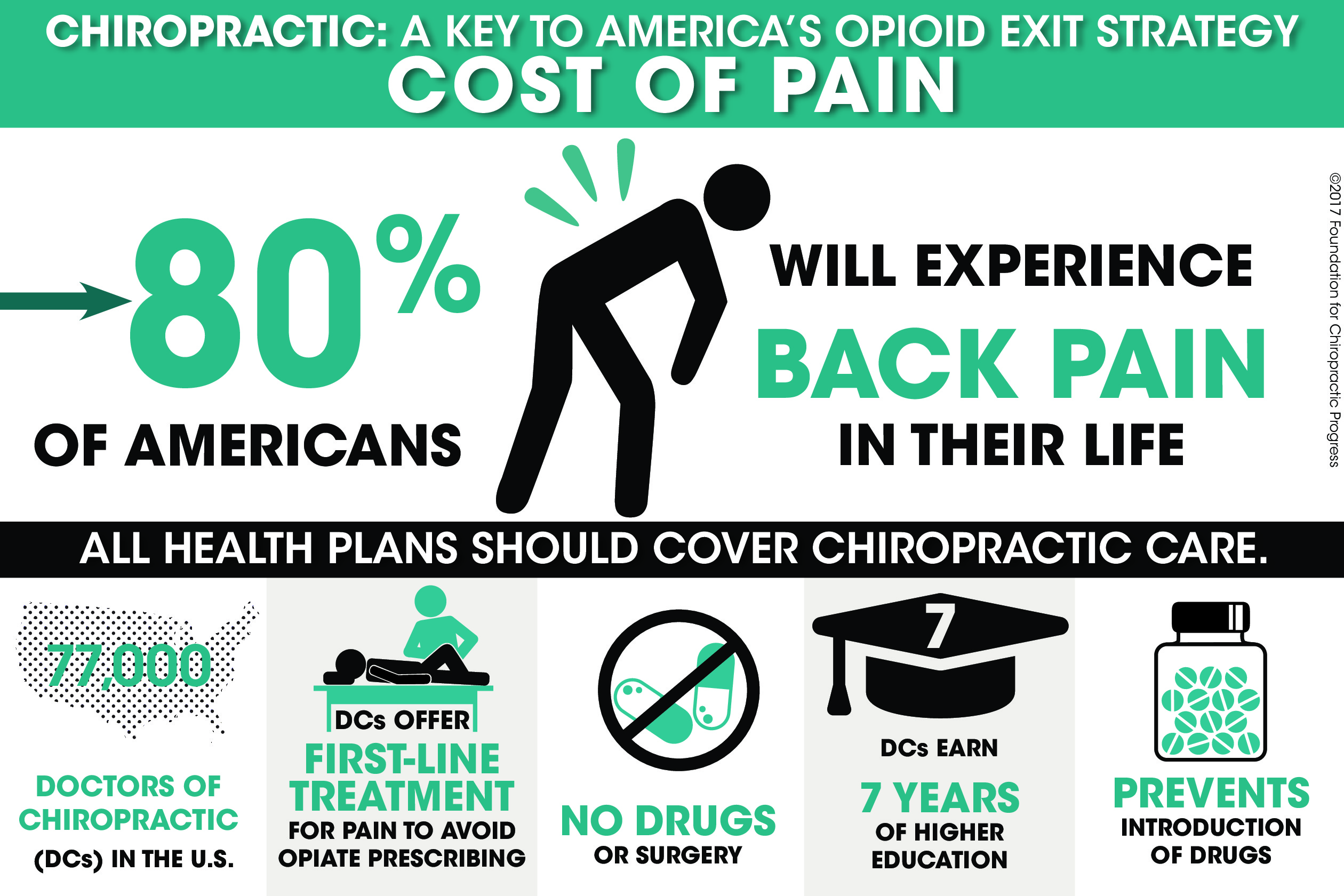Prepare To Uncover The Appealing Mobile Interactions Of Cold Laser Treatment And How It Utilizes Light For Healing-- Dive Much Deeper Into The Scientific Research!
Prepare To Uncover The Appealing Mobile Interactions Of Cold Laser Treatment And How It Utilizes Light For Healing-- Dive Much Deeper Into The Scientific Research!
Blog Article
Author-Walls Pedersen
You may have become aware of cold laser treatment as an appealing treatment option for numerous conditions, however have you ever asked yourself how it really works with a mobile degree? Recognizing take a look at the site here behind this treatment can clarify its effectiveness in promoting healing and decreasing inflammation. By exploring the scientific research behind cold laser treatment, you'll obtain understandings right into the remarkable methods which light can influence mobile processes and promote tissue repair service.
Just How Cold Laser Therapy Works
To comprehend how cold laser treatment works, you need to realize the basic concepts of exactly how light energy connects with biological tissues. Cold laser therapy, also known as low-level laser treatment (LLLT), uses particular wavelengths of light to penetrate the skin and target hidden cells. Unlike the intense lasers made use of in surgeries, cold lasers give off low levels of light that do not generate warmth or create damages to the cells.
When these gentle light waves get to the cells, they're taken in by parts called chromophores, such as cytochrome c oxidase in mitochondria. This absorption causes a collection of biological reactions, consisting of boosted mobile energy manufacturing and the launch of nitric oxide, which improves blood circulation and decreases swelling.
Moreover, the light power can also boost the manufacturing of adenosine triphosphate (ATP), the energy money of cells, assisting in cellular repair service and regrowth procedures.
Basically, cold laser therapy utilizes the power of light energy to advertise recovery and relieve pain in a non-invasive and gentle manner.
Devices of Activity
How does cold laser treatment in fact function to create its healing effects on biological tissues?
Cold laser treatment, likewise called low-level laser therapy (LLLT), runs through a procedure known as photobiomodulation. When the cold laser is applied to the skin, the light energy permeates the tissues and is taken in by chromophores within the cells.
These chromophores, such as cytochrome c oxidase in the mitochondria, are after that stimulated by the light power, bring about a waterfall of organic responses. One vital system of action is the improvement of cellular metabolism.
The taken in light power raises ATP manufacturing in the mitochondria, which is vital for mobile feature and repair. In addition, cold laser therapy helps to minimize swelling by hindering inflammatory mediators and promoting the launch of anti-inflammatory cytokines.
This anti-inflammatory impact adds to discomfort relief and tissue healing.
Therapeutic Impacts
Recognizing the healing results of cold laser therapy entails acknowledging how the enhanced cellular metabolic rate and anti-inflammatory homes add to its positive results on organic tissues.
When the cold laser is put on the damaged location, it stimulates the mitochondria within the cells, leading to boosted production of adenosine triphosphate (ATP), which is important for cellular feature and repair service. is cold laser therapy: a hoax in mobile energy accelerates the healing procedure by advertising tissue regrowth and decreasing inflammation.
Additionally, the anti-inflammatory properties of cold laser therapy help to reduce discomfort and swelling in the targeted area. By hindering inflammatory conciliators and promoting the launch of anti-inflammatory cytokines, cold laser therapy help in reducing discomfort and improving the total healing feedback.
This reduction in swelling not only provides prompt relief but also sustains long-lasting cells repair.
Conclusion
Finally, cold laser treatment functions by promoting cellular repair service and tissue regrowth via photobiomodulation. Its anti-inflammatory homes offer discomfort alleviation and decrease swelling by hindering inflammatory conciliators.
This therapy uses a thorough strategy to recovery, providing both instant relief and long-term tissue repair service advantages.
Via its devices of activity, cold laser treatment verifies to be a reliable and promising therapy option for a variety of conditions.
